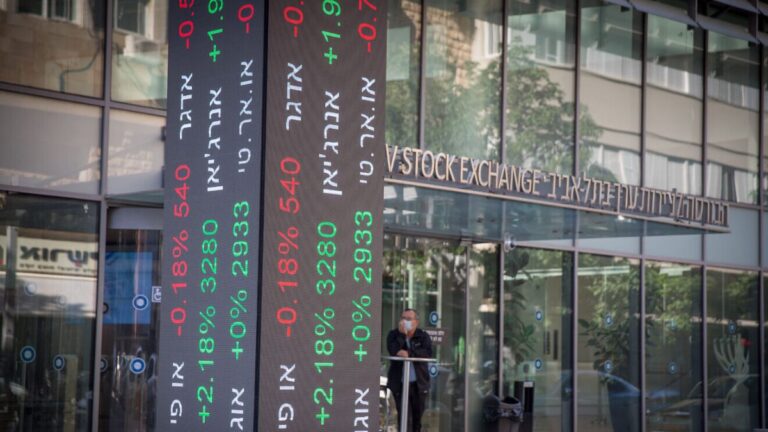The market is in a constant state of evolution. The drivers of wealth that dominated the last decade—low interest rates and pure tech scale—are giving way to new economic realities: a focus on structural resilience, domestic re-industrialization, and the pervasive adoption of next-generation enabling technologies. This shift requires investors to look beyond the crowded mega-cap names and identify the firms uniquely positioned to capitalize on these enduring trends.
Analysts are signaling a move toward companies that offer essential services and possess dominant positions in high-growth, necessity-driven sectors. This is the moment to prioritize businesses that benefit from multi-year tailwinds, ensuring your portfolio is built not just for the next quarter, but for the next major economic cycle.
The New Infrastructure and Green Transition
The global focus on energy independence, climate goals, and the modernization of core national infrastructure is translating into massive, long-term capital flows. Companies deeply embedded in the renewable energy supply chain and defense technology are poised for steady, government-backed growth, offering a compelling blend of stability and scale.
1. Renewable Energy Pure-Plays: Adani Green Energy Ltd (AGEL)
While the search results focused on a stock specific to the Indian market (AGEL), the investment thesis translates globally: The long-term shift to clean power is non-negotiable. AGEL, for example, is highlighted for its aggressive target of reaching $\mathbf{50 \text{ GW}}$ of capacity by 2030. This enormous, predictable growth path, supported by long-term Power Purchase Agreements (PPAs), makes it a model for essential infrastructure investing. Look for companies in the U.S. or global markets that similarly specialize in:
- Solar/Wind Development: Firms with massive, secured project pipelines.
- Grid Modernization: Companies that provide the necessary storage or smart grid software to handle intermittent renewable power.
2. Defense and Aerospace Integrators: Bharat Electronics Ltd (BEL)
Similar to the theme above, geopolitical instability and the need for technological superiority are driving massive budget increases in defense. BEL, a major Indian defense manufacturer mentioned by analysts, is backed by an order book exceeding $\mathbf{₹1 \text{ trillion}}$ (over $12 billion). For a global investor, this signifies a crucial niche:
- Defense Technology: Companies that serve as lead integrators for government projects.
- Cybersecurity/Digital Warfare: Firms focused on high-tech defense electronics and secure communications. These companies benefit from structural spending that is often insulated from economic downturns.
Dominating the Digital Consumer and Core Economy
The digital revolution isn’t over; it’s just moving into its next phase, focusing on financial accessibility and consumer service integration. Furthermore, essential blue-chip financial institutions remain the bedrock of a functioning economy.
3. Fintech Pioneers: One 97 Communications Ltd (Paytm)
The global shift toward digital payments and financial inclusion continues to gather momentum. Paytm, referenced in the search results, illustrates a crucial pattern: a focus on improving profitability through scaling its merchant base and digital payment devices. The investment case rests on the company’s ability to:
- Capture the Unbanked/Underbanked: Developing a dominant digital wallet/payment ecosystem in high-growth markets.
- Shift to High-Margin Services: Leveraging a large user base to sell value-added services like loans, insurance, and other financial products. This represents the long-term monetization path for successful fintechs.
4. Automotive Transition Leaders: Mahindra & Mahindra (M&M)
The automotive sector is undergoing its most profound transformation in a century with the shift to electric vehicles (EVs). M&M is a great example of a company making the move, with analysts predicting a strong upside driven by an aggressive product roadmap that includes seven internal combustion engine (ICE) SUVs and five Battery Electric Vehicles (BEVs) by 2030. Key takeaway for investors:
- Dual Strategy: Look for legacy auto companies that haven’t abandoned their profitable traditional business, but are making credible, aggressive investments in the EV future.
- Rural/Emerging Market Strength: Companies with strong market share in utility or commercial vehicles, which often show resilience in varying economic climates.
5. Financial Sector Bedrock: State Bank of India (SBI)
No economy can function without a strong financial system. SBI, India’s largest lender, is expected to benefit from strong credit growth and deepening digital transformation. The investment thesis for large, high-quality banks remains compelling globally:
- Diversified Growth: Lenders who can grow across retail, small-to-medium enterprise (SME), and corporate segments.
- Digital Efficiency: Banks that use technology to reduce operational costs and improve profitability. They are the essential, high-quality “picks and shovels” of the entire economy, providing leverage to all other growth sectors.
Conclusion: Investing in Structural Change
The next market shift is not about a single technological leap, but a fundamental realignment around sustainability, security, and digital commerce. The stocks highlighted by analysts in these high-potential sectors—Renewables, Defense, Fintech, Auto Transition, and Core Finance—represent more than just short-term buys; they are stakes in the structural pillars of the future economy. By focusing on firms with large, secured pipelines and dominant market positions in these enduring areas, investors can confidently position their portfolios for the next major phase of wealth creation.
Images are for reference only.Images and contents gathered automatic from google or 3rd party sources.All rights on the images and contents are with their legal original owners.

